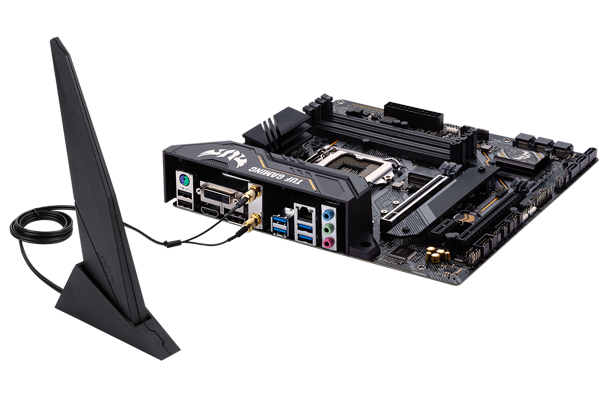

- #Dh77eb compatible procssor install
- #Dh77eb compatible procssor update
- #Dh77eb compatible procssor upgrade
- #Dh77eb compatible procssor series
#Dh77eb compatible procssor install
I also want to ask that if my pci 3.0 slot was not working then why iwas not getting any trouble in the pas was itĪnd asked them to install the psu and gpu on my existing buil which is i5 3570k mobo intel dh77eb corsair 4gb memory this system i am using for the past 2 years and never updated bios.
#Dh77eb compatible procssor update
Now after this long story i want to ask that is the update necessary and if it was then why mobo is not able to handle the gpu after update of bios
#Dh77eb compatible procssor upgrade
When the shop technicians installed the gpu and psu they found out that the psu is working and the mobo is not able to handle the gpu because of older bios and we need to upgrade it i said ok when they upgraded they were still not able run the gpu more over my mobo is not even able to work without the gpu with the integrated graphics and they are now sayinng that mobo had some fault and that its pci 3.0 slot is not working so you have to change your mobo i asked them to install the previous bios version and show me that it was not any of your fault which caused my mobo any problem so they said come tomorrow amd it will be ready 8 channel HD audio, gigabit Ethernet, FireWire, and four USB 3.0 ports (two on the rear panel, two via headers), make for the rest of it.Hi i am in need of urgent help because today i went to a computer shop and bought a new psu and gpu that is an asus amd r9 270 and corsair vs550Īnd asked them to install the psu and gpu on my existing build which is i5 3570k mobo intel dh77eb corsair 4gb memory this system i am using for the past 2 years and never updated bios. DVI, HDMI, and DisplayPort make up its display connectivity. Five out of six SATA ports from the H77 PCH are utilized, with two SATA 6 Gb/s, two SATA 3 Gb/s, and one eSATA 3 Gb/s. Expansion slots include a PCI-Express 3.0 x16, and a mini-PCIe. Intel made room for two full-size DDR3 DIMM slots. The LGA1155 socket is powered by a 4+1 phase VRM. Lastly, there's the DH77DF, which is bustling with activity on its limited PCB real-estate. There are quite a few legacy port headers. The rear panel resembles that of the DH77EB, except the lack of the PS/2 combo port. SATA connectivity includes two SATA 6 Gb/s, three SATA 3 Gb/s, and one eSATA 3 Gb/s. Three other PCI-Express 2.0 x1 slots, and a mini-PCIe slot make up its all-PCIe expansion area.

It is wired to four DDR3 DIMM slots, supporting dual-channel DDR3 memory, and one PCI-Express 3.0 x16 slot. The LGA1155 CPU is powered by a simple 4+2 phase VRM. Thanks to some clever designing, this 240x240 mm board has wide open spaces. Also added are some legacy port headers, such as LPT and COM. An mSATA slot is added to the mix, something not found on the DZ77SL-50K. Display connectivity is expanded, with the addition of DVI and DisplayPort connectors. Its CPU VRM has one phase less, and does away with the VRM heatsink. The DH77KC shares its PCB design with the Z77-based DZ77SL-50K.
#Dh77eb compatible procssor series
Intel's H77 Desktop Board Media series includes the DH77KC (ATX form-factor), DH77EB (micro-ATX), and DH77DF (mini-ITX).
.jpg)
So motherboard designers needn't dedicate resources to implementing strong VRM designs on their H77 products, and can instead focus on other features such as connectivity and expansion. Pin-compatible with Z77, Intel's H77 chipset provides nearly all features of its sibling, with the exception of overclocking. Now we move on to other Desktop Board Media Series motherboards, those based on Intel's other 7-series client chipset the H77. Last week, we were treated to detailed pictures of Intel's Z77 chipset-based Desktop Board products. Intel activated product pages of nearly all its upcoming Desktop Board products based on 7-series chipsets.


 0 kommentar(er)
0 kommentar(er)
